THE LITTLE STORY ILLUMINATES THE WAY FORWARD IN TYRE INDUSTRY
- By 0
- June 23, 2020
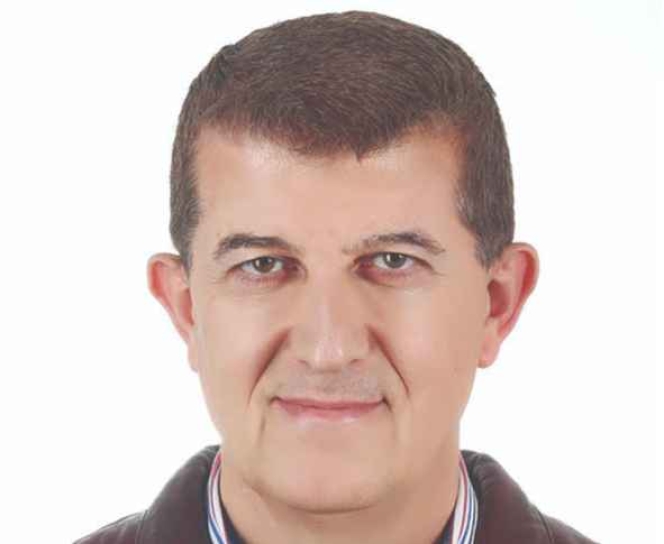
Assuming nothing will be the same with COVID-19, all associated economic growth figures will be revised in the near future. The European tyre market was severely affected in the first quarter of 2020 and declined by around 20% in all segments, which is exactly the opposite of the previous forecast of achieving a total CAGR of 20% for the 2018-2022 period. It will not return to normal short-term trends and will certainly be revised.
With the global economic slowdown, the Chinese tyre market, with earlier growth of more than 6%, will no longer be mentioned in the coming years. The global pandemic has overshadowed the global economy, and the most important tyre manufacturers are only showing moderate optimism for 2020. The downward trends in demand in many international markets are therefore irreversible. When the entire industry is back on track and at the same time safe?
Tyre Industry will not return to normal short-term trends and all economic figures will certainly be revised.
In the 1950s and 1960s, the margins for industrial products were good. Many companies in industrialised countries have been looking for alternatives to invest in different parts of the world, and export rates have continuously helped them make enough money. So far, globalisation has prompted investors to tackle the underdeveloped eastern globe. The 1970s in this direction were the new way of investing a large amount of accumulated capital for the countries of the Far East. China and Singapore, then Vietnam, Thailand and Malaysia were the subject of foreign direct investment. Indonesia seems to lag behind the Philippines and Taiwan for foreign investors. Exceptionally, Japan and partially South Korea won in the early 1950s and 1960s and were more aware of the importance of technological culture. They managed to develop their own capital to invest in technological products. The tyre and rubber industry were two of the main companies.
Globalisation has prompted investors to tackle the underdeveloped eastern globe. The 1970s in this direction were the new way of investing a large amount of accumulated capital in Far East.
Western automakers had also sparked interest in countries in the eastern world. This has helped investors to focus more on this part of the world. When investors were looking for new horizons to make more money, all supporting technologies came to these countries.
When we entered the 1990s, Glasnost began to influence Europe's socio-economic structure. The main European brands initially focused on Eastern Europe to invest in the main products. Foreign direct investment went to the Central and Eastern European countries. Major European brands in the tyre industry have acquired certain tyre factories. Some factories were opened late.
It is a difficult task to attract foreign direct investment. Many parameters need to be combined, including incentives, laws, rules, agencies and procedures to attract foreign investment. The Central and Eastern European countries spent a lot of time and effort and finally made it. Not only legislative issues, but also macroeconomic measures such as combating inflation, the goal of joining the euro area, setting competitive but sustainable tax rates and laying the foundation stone for companies that acquire applications for property permits, liberalisation of the labor market, privatisation of all areas of the economy finance, public services and telecommunications, as well as road and airport construction are different pieces of equipment than investors. Usually you look for them first.
When we reached 2000, the primary concerns of European and North American tyre manufacturers were attacks on poor quality tyres
 The Czech Republic, Hungary, Poland and Slovakia are the first four countries to follow. Ukraine, Romania, Bulgaria and Croatia tend to attract foreign direct investment over time. In any case, they have all learned that low labour costs are not enough to attract foreign investment if the main attractive features are not realised.
The Czech Republic, Hungary, Poland and Slovakia are the first four countries to follow. Ukraine, Romania, Bulgaria and Croatia tend to attract foreign direct investment over time. In any case, they have all learned that low labour costs are not enough to attract foreign investment if the main attractive features are not realised.
When we reached 2000, the primary concerns of European and North American tyre manufacturers were attacks on poor quality tyres in the East and Far East regions. Instead of banning imports, the safety problems of tyres in this part of the world are highlighted and certain measures are taken to prevent the huge import channels of these branded tyres. ETRMA, the association of the largest tyre and rubber manufacturers, mainly followed the REACH restrictions of these companies. The media also supported user conscience. The tyre labeling is also the result of safety concerns. The European Commission and the White House have introduced additional anti-damping and additional countervailing duties on tyres made in the Far East. The cheaper tyres no longer had the opportunity to be rated well. Note, however, that companies in the Far East are now able to manufacture high-quality high-tech tyres and organise deliveries in the market.
At the other end of the world, many industries which invest mainly in China initiated alternatives to return to the continent in 2015.
When the time came, the former Eastern Bloc countries began to join the EU. After 2010, Chinese and Far Eastern tyre manufacturers accelerated or invested in new factories in Eastern Europe. South Korea and China have started to have tyre factories in this region. Tyres manufactured in Europe or Eastern Europe indicate the Western European and US markets and are exempt from high customs taxes. They have set up a production line that is adapted to the requirements of European and American consumers.
When we reached the other side of the world in 2015, many industries with investments mainly in China initiated alternatives to return to the continent. Export tariff barriers and rising labor costs, state requirements for environmental legislation and industrial reforms do not keep foreign investors and local companies alive. The international climate and the atmosphere of the trade struggle between East and West also play a role in this latter trend. Today, investments in Eastern Europe in the countries of Asia and Western Europe continue. However, this is not a guarantee for the next few years.
Whatever the truth is or it is assumed that yesterday's reality will be opposite or different. Therefore, nothing will be similar or as expected. Companies that covered risks today and had tools today are luckier and will be successful tomorrow.
Tyre Runner Adds Tyres Life To Wholesale Marketplace Network
- By TT News
- January 19, 2026
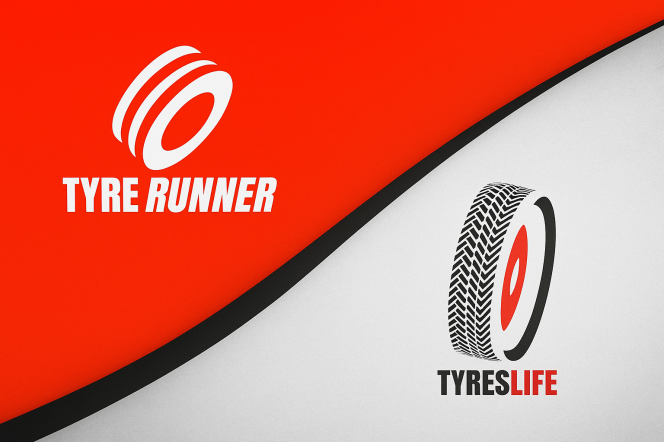
Tyre Runner has added Tyres Life to its marketplace network, expanding its wholesale offering for independent tyre retailers.
The partnership brings one of the UK’s fastest-growing tyre wholesalers onto Tyre Runner’s platform, which is designed to connect retailers with suppliers while allowing retailers to retain control over pricing and purchasing decisions.
Tyre Runner said the move comes as independent retailers face continued margin pressure and are seeking greater flexibility in how they source tyres. The company’s marketplace enables wholesale ordering from multiple suppliers through a single platform.
Tyres Life has established nationwide coverage from three warehouse locations and holds more than 100,000 tyres in stock. The company is the exclusive UK distributor of Lassa, Tomket and Waterfall, and also supplies brands including Pirelli, Continental, Goodyear and Michelin.
Founded in 2019 by Bryan MacMillan, a former Kwik Fit software engineer, Tyre Runner has developed from a tyre sales marketplace into a broader software platform focused on tyre health awareness, supply chain connectivity and digital tools for the tyre trade.
Bryan MacMillan, chief executive of Tyre Runner, said: “We’re delighted to add Tyres Life to our growing list of wholesale partners. This partnership exemplifies how our sales platform can connect high-quality wholesalers with independent retailers, helping both grow stronger together.
“The tyre market remains digitally immature, and to compete in an increasingly omnichannel world, online is just one part of the puzzle. Our mission has always been to empower the trade, not compete against it. That’s why we are focused on bringing a range of tools to market to help retailers compete better, not just online, but offline as well.”
Tommie Owens, commercial director at Tyres Life, said: “Tyre Runner opens reach like never before. Bryan and his team have a very clear vision for what the future of tyre retail will look like, and we’re excited to see Tyres Life’s products access even more markets efficiently.”
Tyre Runner said the addition of Tyres Life strengthens its marketplace model, which aims to streamline wholesale access while preserving retailer margins. The company added that the partnership aligns both businesses around shared priorities of efficiency, profitability and safety across the tyre supply chain.
CarbonX Appoints Rohan Patel To Advisory Board
- By TT News
- January 16, 2026
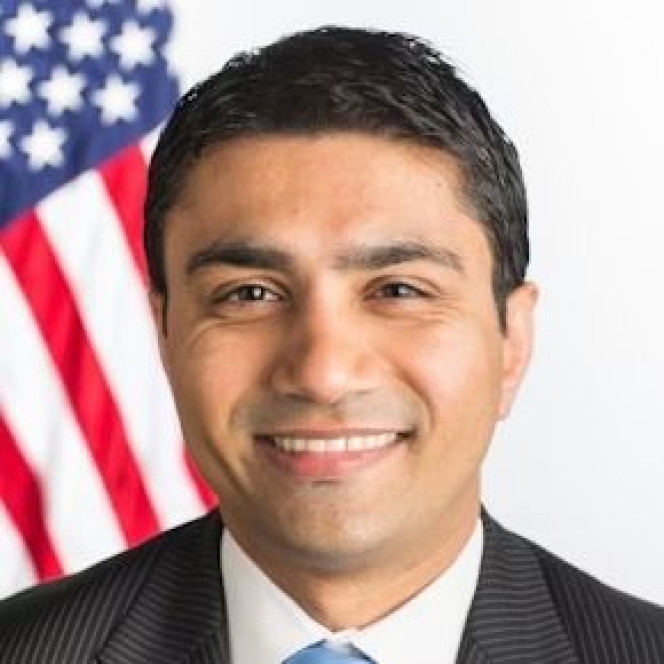
CarbonX has appointed Rohan Patel to its Advisory Board, gaining a distinguished strategist at a crucial phase of the company’s growth in sustainable battery materials. His profound understanding of regulatory frameworks and supply-chain strategy will directly support CarbonX’s collaborations with major cell manufacturers and its expansion of local, scalable production.
Patel’s career spans top-tier leadership in industry and government. He previously served as Vice President of global public policy and business development at Tesla, where he was part of the executive leadership team. Prior to his work in the private sector, he was a special assistant to the President and a senior advisor for climate and energy during the Obama Administration, shaping pivotal transportation and power sector policies while coordinating with state and local officials. His earlier contributions include roles at the White House Council on Environmental Quality and staff positions for political campaigns and elected officials.
Currently residing in Kensington, Maryland, Patel consults for global companies and nonprofits dedicated to decarbonisation. His appointment equips CarbonX with essential guidance for navigating complex policy landscapes and strengthening value chains in both the United States and European markets.
Rutger van Raalten, CEO, CarbonX, said, “With Patel’s extensive experience in global policy and deep understanding of Electric Vehicle and US regulatory landscapes, his guidance will be invaluable as we establish ourselves as a supplier of quality materials into US Giga factories and navigate US policy, battery-manufacturing regulations and emerging tariff frameworks.”
Patel said, “The team is strong, the technology is proven, US capacity is established and Tier-1 cell manufacturers in the US are taking notice. CarbonX’s disruptive supply-chain solution arrives at exactly the right time. Strengthening domestic supply chains for critical battery materials is essential, and I am pleased to support CarbonX’s mission to deliver local, scalable and sustainable solutions.”
Goodyear Appoints David Cichocki For Key Americas Leadership Role
- By TT News
- January 16, 2026
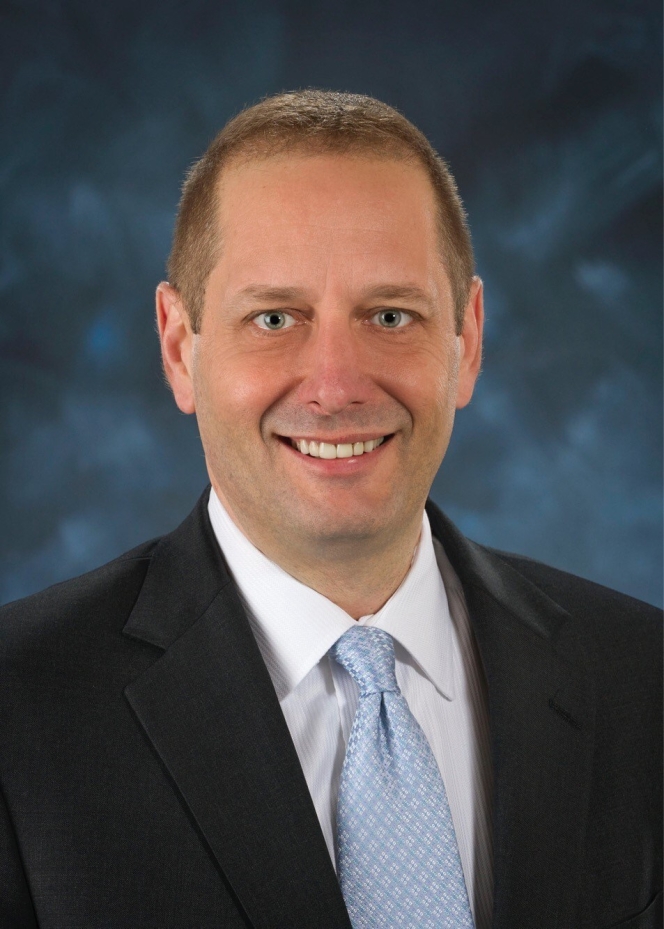
The Goodyear Tire & Rubber Company has appointed David Cichocki to the dual role of Managing Director for the Americas and Chief Sales Officer for the Americas Consumer business, effective 19 January 2026. He will report directly to CEO and President Mark Stewart. In these positions, Cichocki is tasked with enhancing sales execution and driving profitable growth for the consumer division across the region. His broader regional leadership duties will focus on strategic governance, operational excellence and ensuring financial performance aligns with Goodyear's global objectives.
Cichocki joins Goodyear with over 30 years of commercial expertise from prominent consumer and industrial brands. He previously served as Senior Vice President of US Sales at Whirlpool Corporation, where he managed a multi-billion dollar North American consumer business spanning several key sales channels. Prior to that, he held numerous senior roles during a more than 20-year tenure with Kraft Foods and Nabisco.
Mark Stewart, CEO and President, said, "Throughout his career, David has built high-performing teams and delivered strong, sustainable results through customer-centric, brand-driven strategies. His experience leading large organisations through transformation – including simplifying portfolios, modernising go-to-market models and designing sales strategies for profitable growth – closely aligns with the changes we are making at Goodyear to drive long-term success for our company and our customers."
Marangoni Strengthens OTR Team With Two Key Appointments
- By TT News
- January 15, 2026
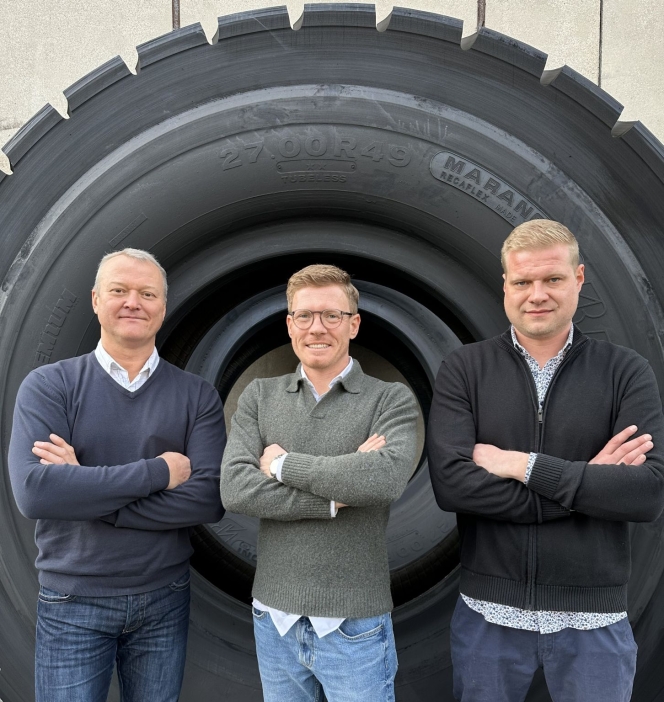
Marangoni has reinforced its OTR division as of January 2026 with the key hires of Eduard Mundt and Dominik Hörmann. Mundt will apply his extensive technical knowledge and industry experience to serve and build partnerships with OTR customers across Southern Germany. Hörmann, an expert in both OTR and TBR segments with specialised retreading knowledge, will oversee operations in Northern, Central and Western Germany, supporting the core OTR business and segments of the TBR market.
This strategic expansion underscores the company’s commitment to deepening its local engagement with both dealers and end users. By enhancing direct customer relationships and fortifying its regional footprint, Marangoni aims to solidify and sustainably grow its standing in the market.


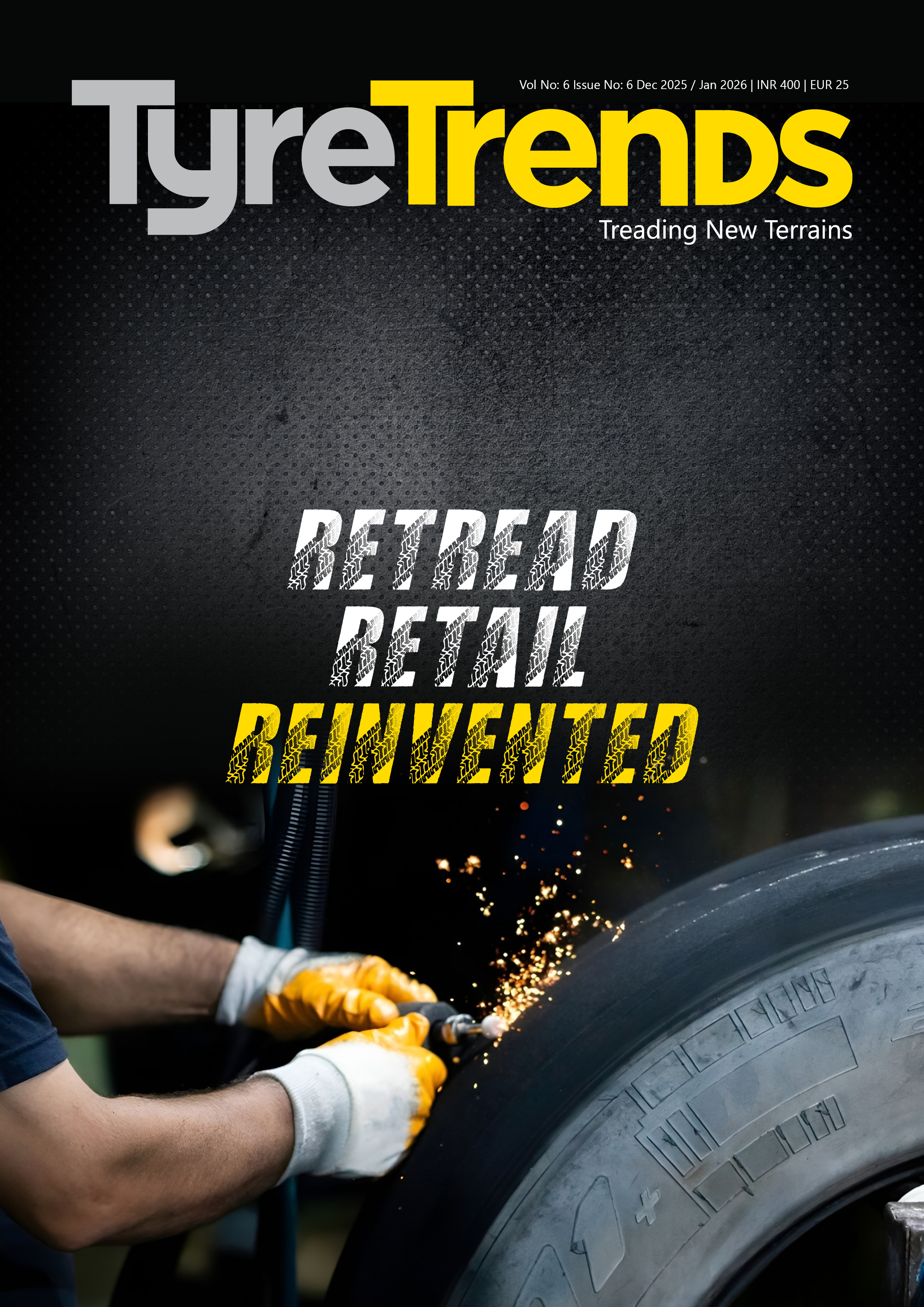




Comments (0)
ADD COMMENT